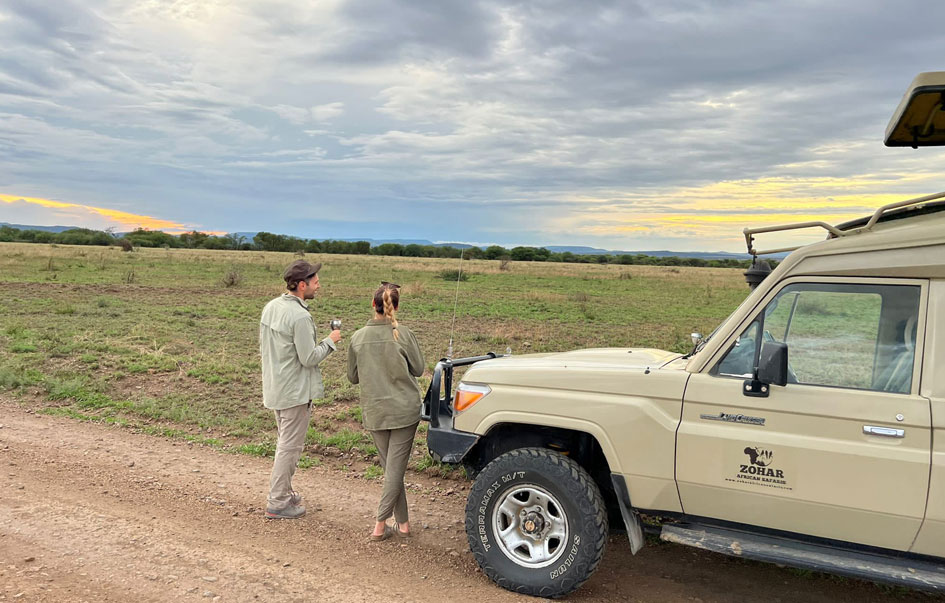Serengeti National Park
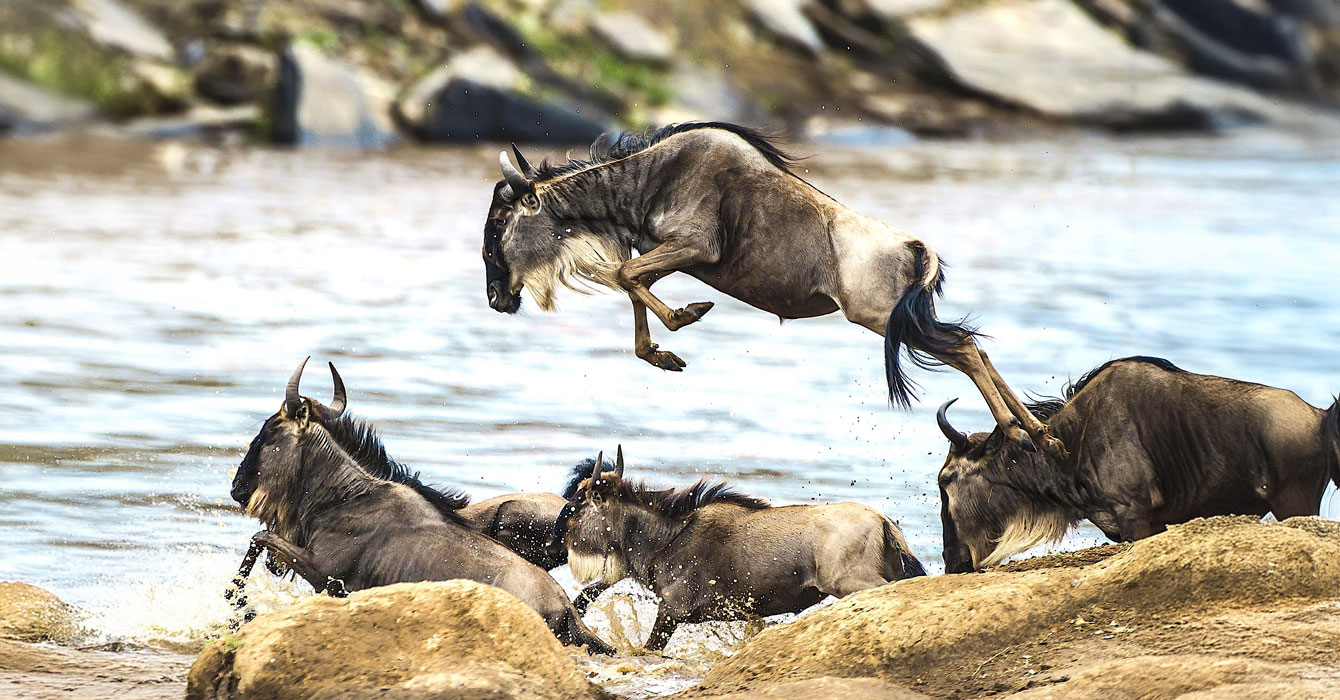
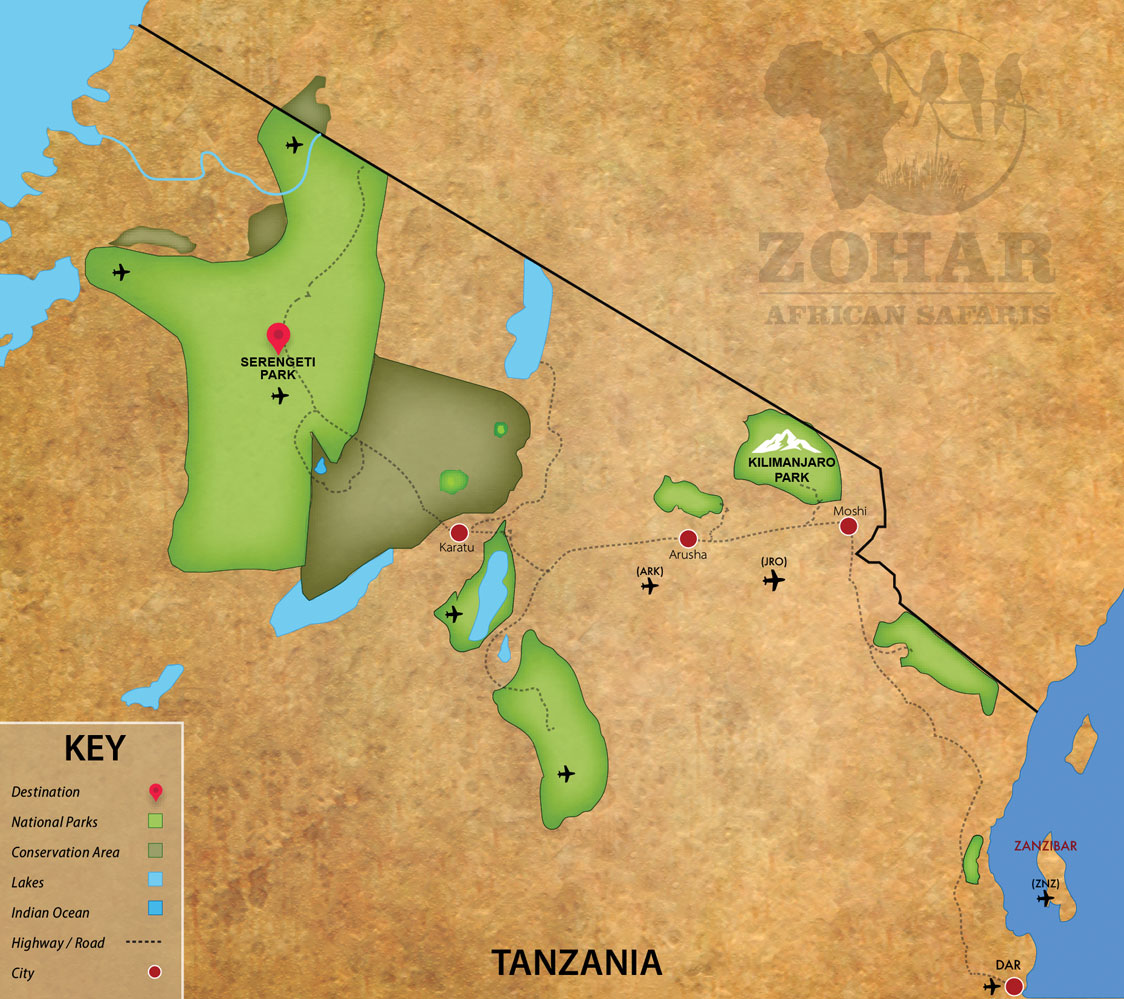
…where Great Migration roams and prides of lions reign!
Serengeti National Park, Tanzania’s oldest and most famous national park, is a UNESCO World Heritage Site and one of the Seven Natural Wonders of Africa. Home to the legendary Great Wildebeest Migration, it is widely regarded as Africa’s premier game-viewing destination, teeming with big cats, massive herds of herbivores, and an extraordinary variety of wildlife.
At the heart of the park lies the Central Serengeti Plains, the richest wildlife habitat in the region. The Seronera River, a year-round water source, sustains an abundance of wildlife, attracting an array of species that embody the Serengeti’s incredible biodiversity.
How the Serengeti was formed
The Serengeti ecosystem is a breathtaking natural wonder, covering 75% of its expanse in Tanzania, with the remaining portion extending into Kenya’s Maasai Mara.
This vast grassland was shaped over three million years ago by volcanic eruptions in Ngorongoro, creating the nutrient-rich, fertile plains that support millions of animals. During the rainy season, the landscape transforms into a lush green paradise, showcasing nature’s resilience and breathtaking beauty.
Features & Wildlife Species
The Great Migration is Africa’s most famous and spectacular wildlife event, in which more than 2.5 million wildebeests, zebras and antelopes migrate clockwise around the Serengeti – Maasai Mara ecosystem searching for enough water and green pastures. The Migration travels over 1,200 miles annually at predictable times with mating and birthing along the way.
Why is it called “The Serengeti Migration”?
The Great Migration, also referred to as “The Serengeti Migration,” is an annual event that can be observed in the Serengeti throughout the year. While the migration typically progresses towards Maasai Mara only in August, considerable herds of wildebeests are still moving between Serengeti without any stoppages.
The Moru Kopjes in the Central Serengeti are rocky outcroppings used by lions and other predatory animals as look out points to locate game. The Kopjes are piles of ancient granite rocks that have been poking through the flat Serengeti surface for over 500 million years.
The Central Serengeti has a series of natural rocky shelters that protect ancient paintings depicting people, animals, symbols and Maasai rituals painted with red ochre, black or white kaolin-based paint.
Ndutu is part of the southeastern Serengeti and northwestern side of the Ngorongoro Conservations Area ecosystem. Ndutu is very famous for the calving season between Januarys to March.
Ndutu is also known for having all six species of big cats year round: lion, serval, cheetah, African wildcat, leopard and caracal. Just 18 km from Olduvai Gorge, Ndutu is the location where Mary Leakey located the oldest complete human skeleton on the Ndutu age it is stated 3 million years.
The Ngong rock is a white rock made of a geologically completely different material than its surroundings and is speculated to originate from a comet piece that broke off and fell down.
Located on one of the Serengeti’s Kopjes, it is the world’s oldest musical instrument, which produces long-distance travelling sounds when struck with a rock. The Maasai have used the Ngong rock since ancient times to communicate with each other, and the many indentations show how early man communicated and created music with each other.
The Great Migration is Africa’s most famous and spectacular wildlife event, in which more than 2.5 million wildebeests, zebras and antelopes migrate clockwise around the Serengeti – Maasai Mara ecosystem searching for enough water and green pastures. The Migration travels over 1,200 miles annually at predictable times with mating and birthing along the way.
Why is it called “The Serengeti Migration”?
The Great Migration, also referred to as “The Serengeti Migration,” is an annual event that can be observed in the Serengeti throughout the year. While the migration typically progresses towards Maasai Mara only in August, considerable herds of wildebeests are still moving between Serengeti without any stoppages.
The Moru Kopjes in the Central Serengeti are rocky outcroppings used by lions and other predatory animals as look out points to locate game. The Kopjes are piles of ancient granite rocks that have been poking through the flat Serengeti surface for over 500 million years.
The Central Serengeti has a series of natural rocky shelters that protect ancient paintings depicting people, animals, symbols and Maasai rituals painted with red ochre, black or white kaolin-based paint.
Ndutu is part of the southeastern Serengeti and northwestern side of the Ngorongoro Conservations Area ecosystem. Ndutu is very famous for the calving season between Januarys to March.
Ndutu is also known for having all six species of big cats year round: lion, serval, cheetah, African wildcat, leopard and caracal. Just 18 km from Olduvai Gorge, Ndutu is the location where Mary Leakey located the oldest complete human skeleton on the Ndutu age it is stated 3 million years.
The Ngong rock is a white rock made of a geologically completely different material than its surroundings and is speculated to originate from a comet piece that broke off and fell down.
Located on one of the Serengeti’s Kopjes, it is the world’s oldest musical instrument, which produces long-distance travelling sounds when struck with a rock. The Maasai have used the Ngong rock since ancient times to communicate with each other, and the many indentations show how early man communicated and created music with each other.
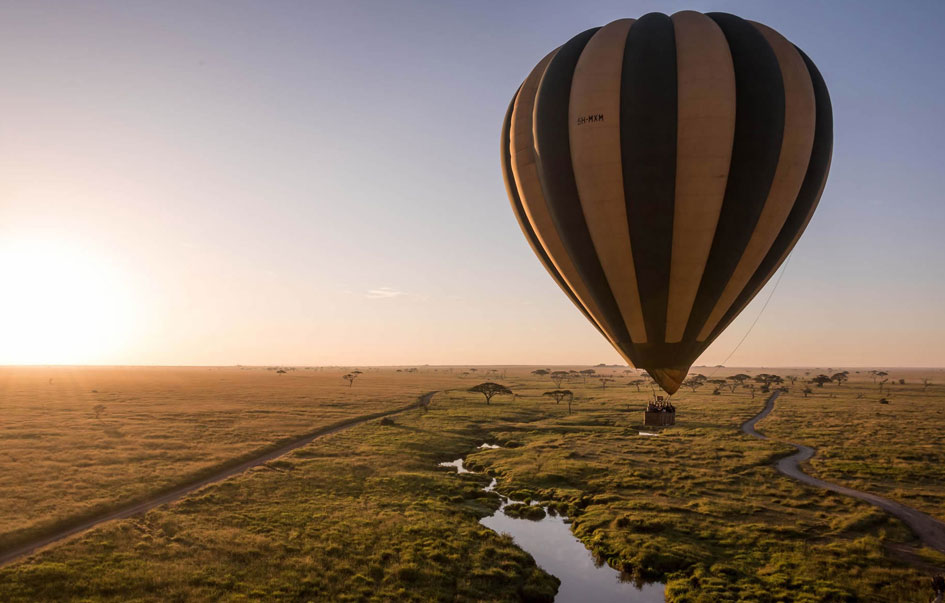
Area Activities
- Wildlife viewing including tracking The Great Migration.
- Walking safaris and night game drives in the North & Western Corridor.
- In the Western region, Lake Victoria invites exploration and fishing.
- Balloon safaris.
- Rhino tracking safaris.
- Stunning sundowners.
When to visit
The Serengeti is inviting to visitors all year long. Even during its short rainy season (November-December) and long rainy season (March-May), it provides the opportunity to see spectacular views of the “big five” and the annual Great Migration.
Throughout the year, visitors will enjoy vast majestic scenic landscapes. For more information, read best time for a safari in Tanzania.
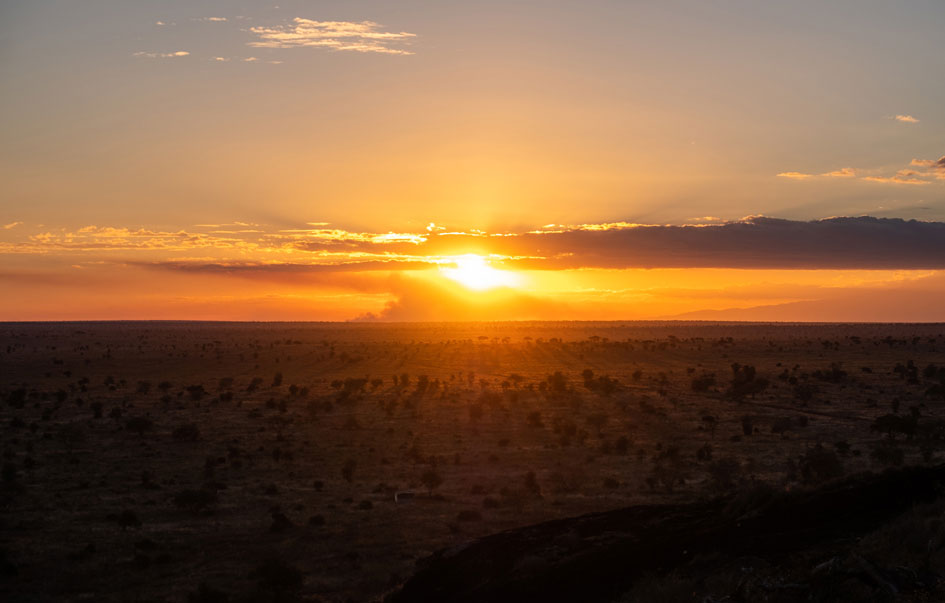
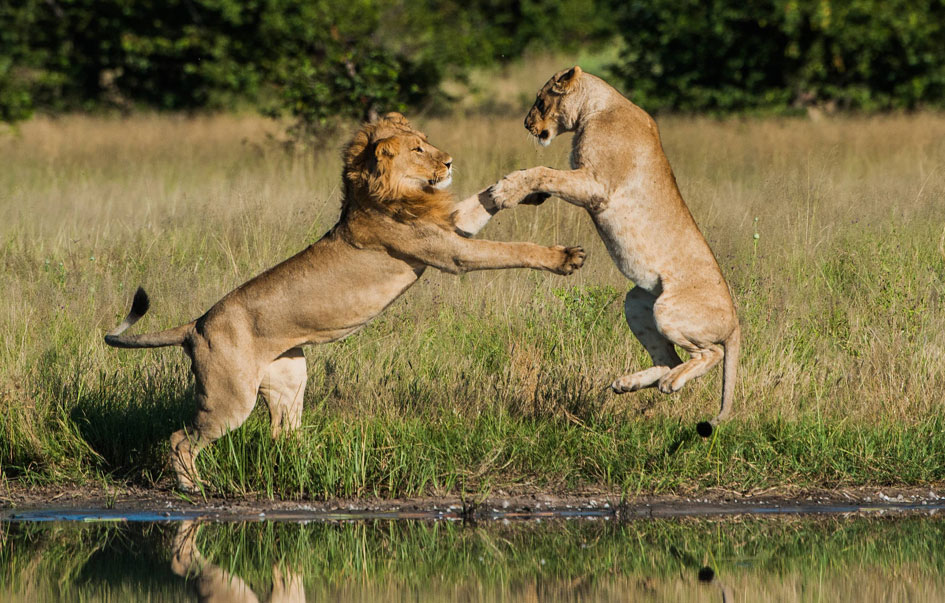
What to see
- Great Wildebeests Migration throughout the year.
- Serengeti home to the biggest prides of lions in Africa.
- The “big five” and other stunning wildlife including giraffes, gazelle, jackal, hare, dik-dik, mongoose, warthog, hedgehog, cheetah, waterbuck, hartebeest, ostrich amongst others More than 400 species of birds.
- Great number of hippos.
- Giant crocodiles in the Grumeti and Mara Rivers.
HOW TO GET THERE
- Road: it’s about a 3.5-hour drive from Ngorongoro Crater and a 7-hour drive from the transit city, Arusha.
- Flight: you can take a domestic flight from Arusha Airport (ARK) to Serengeti and its takes about 30-45 minutes to arrive.
